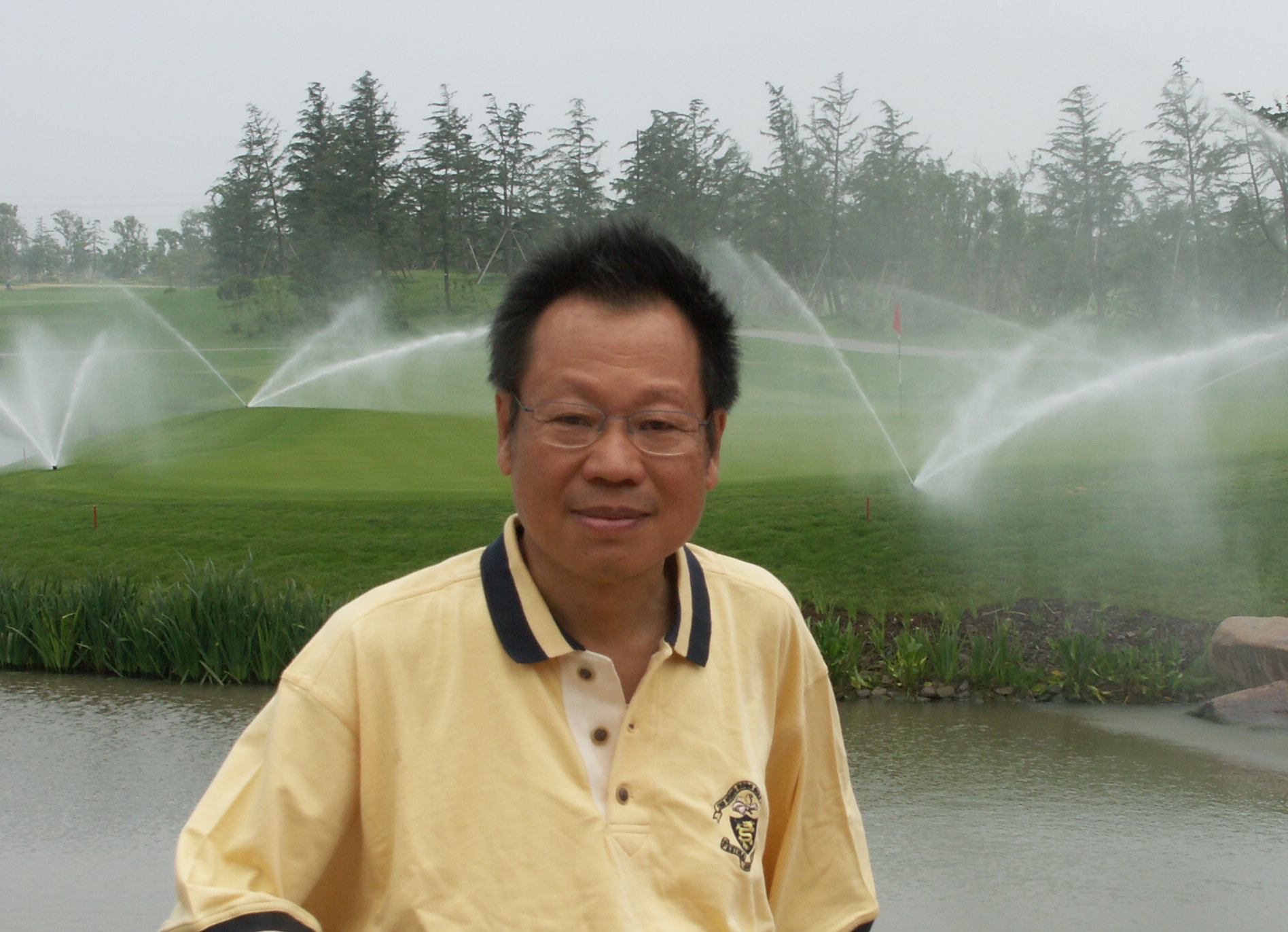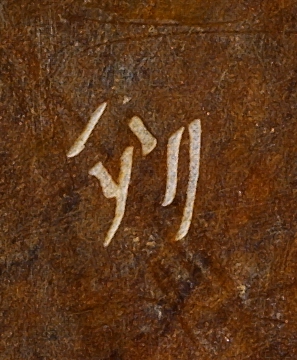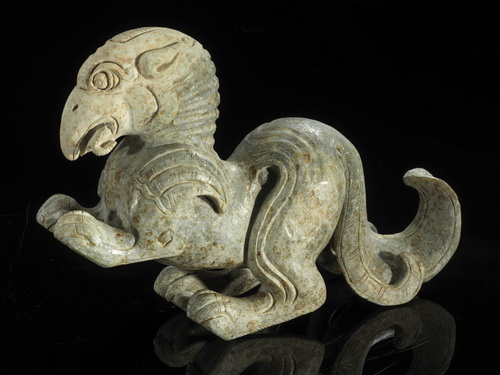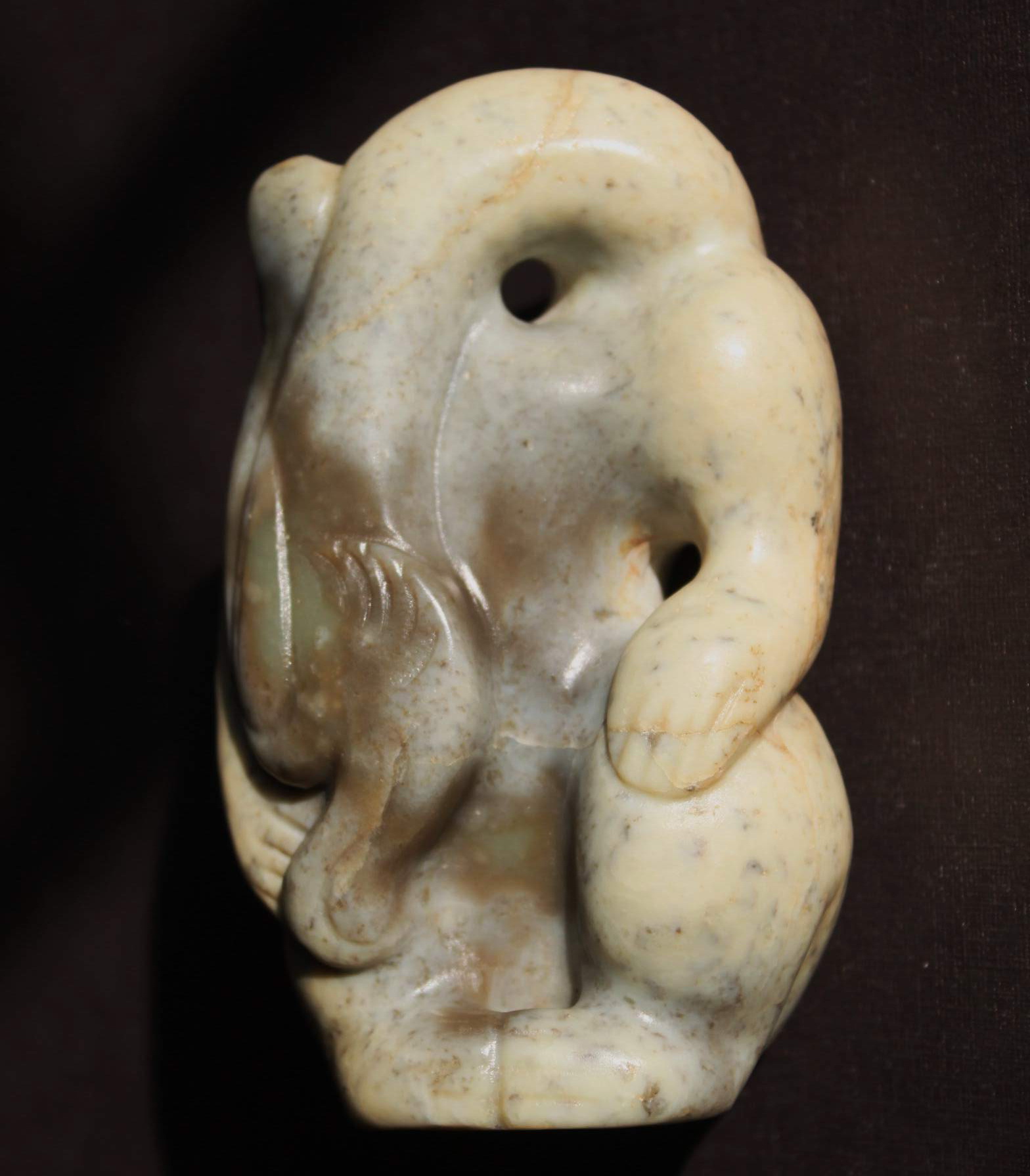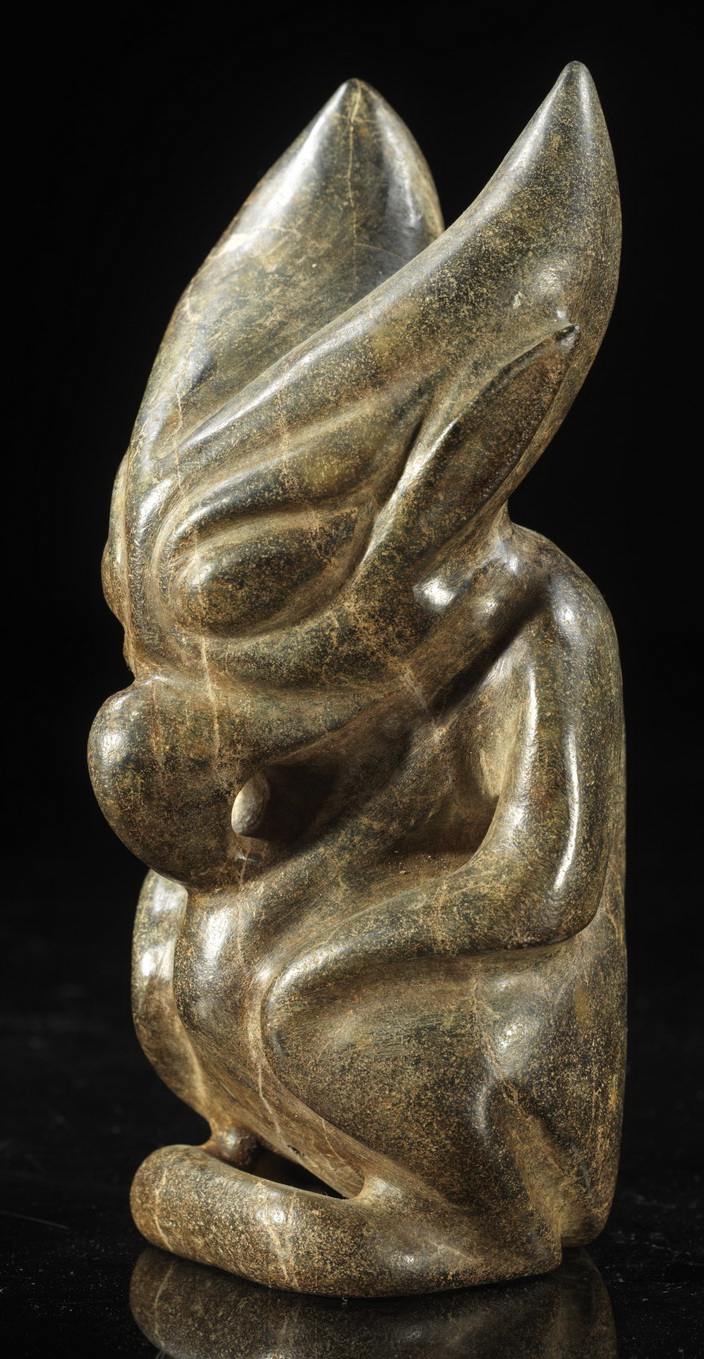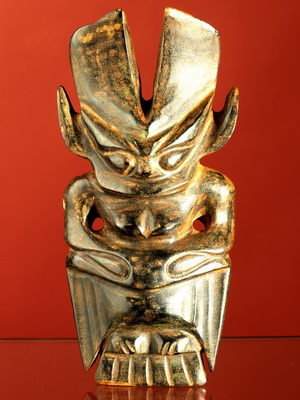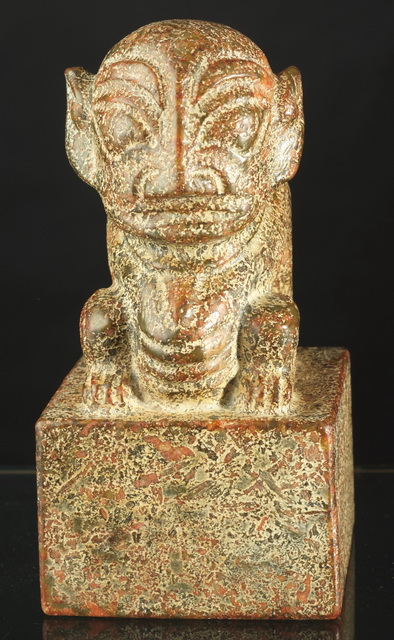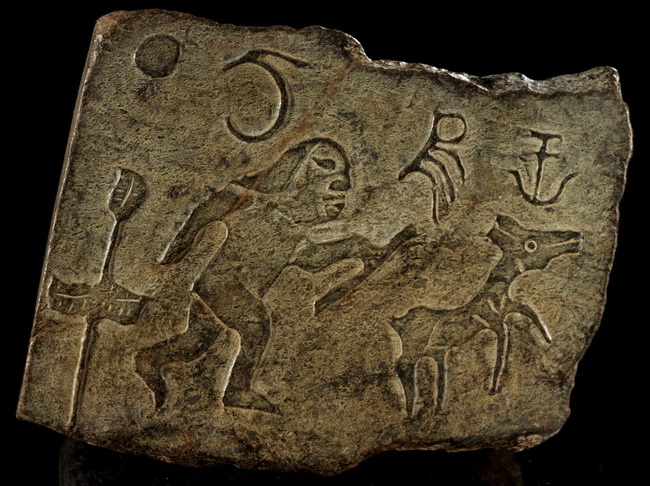|
| | |
Historical
Discoveries
Origins of Chinese Scripts
Ancestry & Environments
List
of Disocveries
1.Ancestry and Environmental Factors:
"We" used in the website represents
our
"Information Life" inherited up to
162 generations according to our family tree,
which were integrated with my personal
knowledgebase acquired
since my birth in 1943. The Natural Intelligence inherited has been
the sense leading to the search for the any possible authentic Neolithic jade
artifacts.
2. Information Age:
The proliferations of the internet communications tools has transformed the
manner
we conceive,
formulate and communicate our ideas . Due to the inner mind in
real time
mode sharing the on-line
cyber operations, the human
minds are now
being detracted by the artificial intelligence generated in
the cyber
space. The use of the inherited Natural intelligence requires unlearning
of the programmed
artificial intelligence in the day to day culture.
3 Neolithic Jade Sculptures in the late 1970s:
Since 1979, diversified
Neolithic jade sculptures of significant historical and artistic
significance have
surfaced in the Hong Kong market. This was resulted from the opening up of the
Chinese economy,
whereby free trade of all commodities flooded to open market.
Rediscovered
age old
artifacts which have been buried or
hidden in caves or
undergrounds
during
ancient times and the civil unrests. Construction
of highways, industrial
sites,
and housing
constructions
etc
have
exposed many of the Neolithic
jade
implements and works of art.
By the 1990s, replicas of familiar Neolithic Jade sculptures started to find
their way to the market.
These factory made imitations were identifiable by the discerning eyes of
experienced jade collectors by
touch and feel compared to the jade pieces which have gone through the aging
process of thousands
years. The aging effects of the jade surfaces and interior by the natural
process of thousands of years
surely cannot be imitated by physical or chemical means by the recent
manufacturing process. The
learning curve of paying for the opportunities of going through the exercise of
viewing the recovering
process from varieties of Neolithic jade states resulting from thousands of
years of diversified underground
conditions is almost mandatory, as this kind of knowledge cannot be acquired
from books written by
authors based on researches from books and indirect hearsays.
4. Neolithic Jade collection is a most demanding exercise beyond any academic
disciplines, requiring sound
financial resources, in depth all round intellectual knowledge, ability, and
devoted efforts to learn and unlearn
whenever necessary.
5. Neolithic Jade Artifacts Collection since 1979:
In 1979, when we first encountered them, we
were puzzled as these jade sculptures
were exceptionally
creative. Since then we have investigated and collected
the more
inspirational pieces. By the mid 1990s,
we have accumulated
a meaningful
quantity
of diverse art forms unseen of in any public museums. We
have found that our
collection
has
become a
reference for tracing the
beginnings and the development
|
of
the
Chinese scripts in the Neolithic Age.
| |

